Swing trading vs. scalping: What’s the difference?
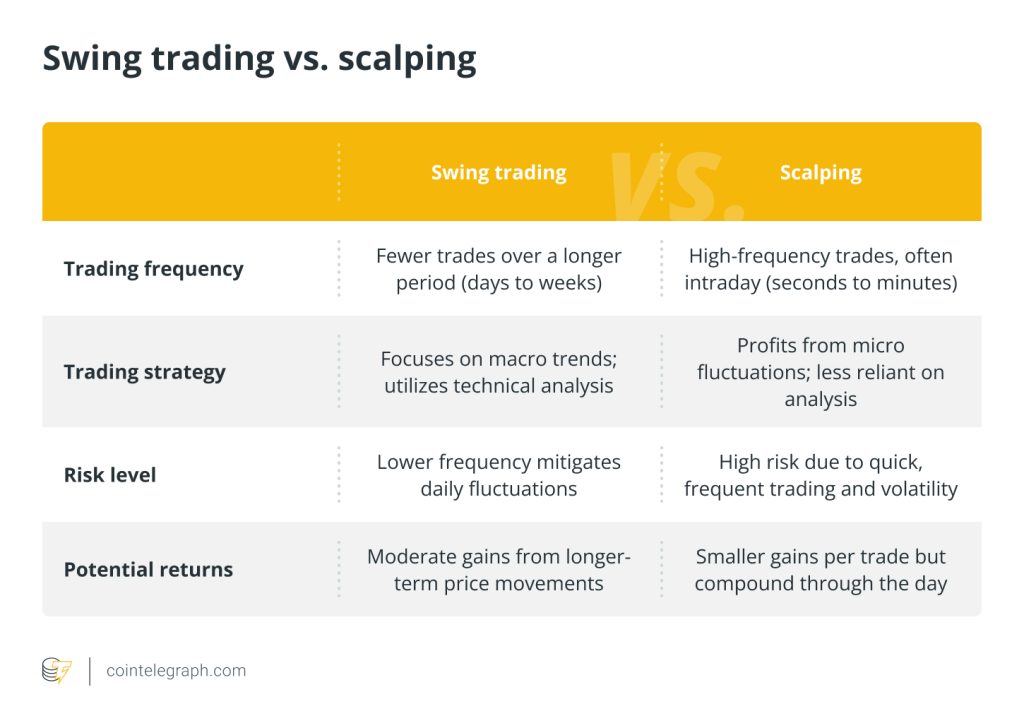

Not all crypto traders are alike, and they can be identified by the crypto trading strategies they adopt. Swing trading and scalping are two crypto trading strategies that are used to take advantage of market volatility for gains.
These trading strategies are quite different. Swing trading involves making fewer trades over a longer timeline, whereas scalping focuses on short-term, high-frequency trades. A scalping strategy requires high vigilance and decisive responses under pressure — it can be stressful. In contrast, swing trading may require some patience over a few days or weeks to execute and capitalize on a trading move.
What is swing trading?
Swing trading is not as intense as scalping. Scalpers can complete their entry and exit points within a matter of minutes and are often full-time traders who monitor the crypto markets constantly. Scalping is covered next, but first, swing trading. These crypto investors or traders are a little more laid back than scalpers, holding their positions for days or weeks.
So, a swing trading strategy is where traders buy and hold cryptocurrencies to benefit from expected price movements likely to occur over a longer period than just a day. It’s not really a high-frequency trading (HFT) strategy like scalping or day trading, and it’s not as long-term as hodling (buy and hold) or futures trading.
How does swing trading work?
A swing trader will look for opportunities, perhaps recognizing a more macro trend or period of interest in a cryptocurrency and taking advantage of a market “swing.” This type of trader may look for a crypto asset that has been corrected or consolidated, and they may use technical analyses to determine entry and exit points. They will make their purchase, wait to sell, and make a profit when the crypto price rises.
Swing traders may intensively monitor market moves and prepare themselves to make a quick exit. Or some swing traders will take a position, set stop-loss orders, and go about their other business without worrying about micro-moves in the crypto markets with a set-and-forget approach. Swing traders don’t have to worry as much about transaction fees cutting into their profits as scalpers.
What timeframe is better for swing trading?
Four-hour and daily charts are usually used by swing traders to identify trends as part of both a technical and fundamental analysis that’s often not taken by scalpers. Swing traders will usually take a position for at least a day, and most often between a few days and weeks, but not longer.
A swing trading strategy is not without risk; cryptocurrency markets can see major fluctuations within a few hours or even a few minutes. Swing trading positions are at risk for overnight and weekend market risks. Although swing traders can ride out smaller daily fluctuations, there is also a risk that a crypto’s price continually drops over the investment period of days or weeks.
What is scalping?
In contrast to swing trading, scalping is a very short-term trading strategy that is fast-paced and almost constant. It’s faster-paced than momentum trading, which is also an intraday strategy. A scalping strategy aims to profit from tiny, micro fluctuations in crypto price action throughout the day.
Scalping is a type of HFT, or day trading, with short holding periods, which can be as short as seconds. The earning potential for crypto traders is less per trade, but scalping traders may make many trades during a day and compound their returns during that period. One thing to remember with a scalping strategy is that each trade will also carry fees, so these must be considered when calculating gains.
How does scalping work?
Scalpers act confidently in the moment rather than basing their moves on technical analysis or trying to capitalize on greater market trends. They take advantage of the massive volatility of cryptocurrencies and look for small moves in short timeframes.
Scalpers might use higher leverage and higher investments to make greater profits in small upward price movements. The risk is high; scalpers must buy quickly at the start of a price breakout, and they often sell at the first exit signal.
What timeframe is better for scalping?
Each scalper will have their own strategy and risk tolerance and will change the timeframe of a position based on the cryptocurrency’s price movements. A scalping strategy often sees positions taken and exited within one to 15 minutes, but some scalpers act as quickly as within one to two minutes. Scalpers are often day traders who make multiple trades during a day to achieve their desired profits.
Is scalping easier than swing trading?
Arguably, scalping is not easier than swing trading because it requires good judgment under high pressure, which can be pretty stressful for crypto investors who don’t respond well to acting in this kind of environment. That said, scalping suits impatient crypto traders who want to quickly try to profit on a very fast trade.

Which is better: Swing trading or scalping?
Investors looking to choose between swing trading and scalping may need to look beyond just how swing trading or scalping works and the potential returns and consider instead which crypto trading strategy suits them.
For instance, a trader acclimatized to scalping might not have the patience for swing trades. Or, a swing trader might not have or want to spend the time needed to profit from scalping. Successful traders adopt a strategy that fits their personality, preferences, lifestyle and appetite for risk.
Another factor traders must consider when contemplating whether swing trading or scalping is better is how many assets they want to take a position in. Scalpers usually only trade one or two major coins, like Bitcoin (BTC) or Ether (ETH). Swing traders might want to take advantage of diversifying their investments across numerous coins, old or new.
One way new crypto traders get experience in trading strategies without risk is to try “paper trading” with demo trades. Several cryptocurrency exchanges offer excellent free accounts that allow for trading without using real funds.
Both strategies involve very high risk, which is typical of all cryptocurrency trading strategies. Taking a more significant position in a very short time can make for gains or losses, but so too can waiting to see how a swing trading strategy plays out. Gains or losses are dependent on and relative to a crypto trader’s risk tolerance, knowledge, research, attention, market influences and luck!
Written by Marcel Deer

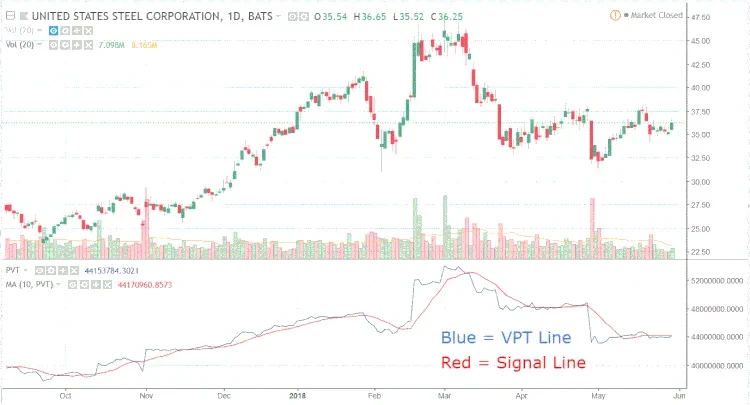
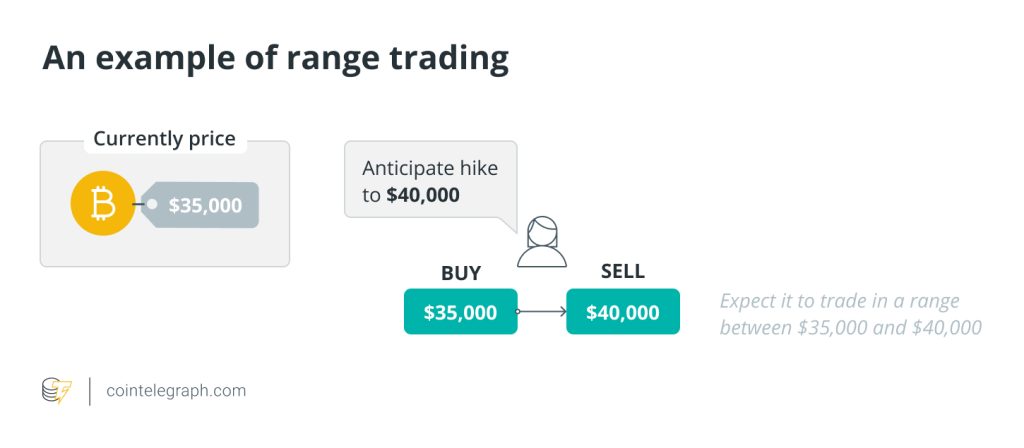

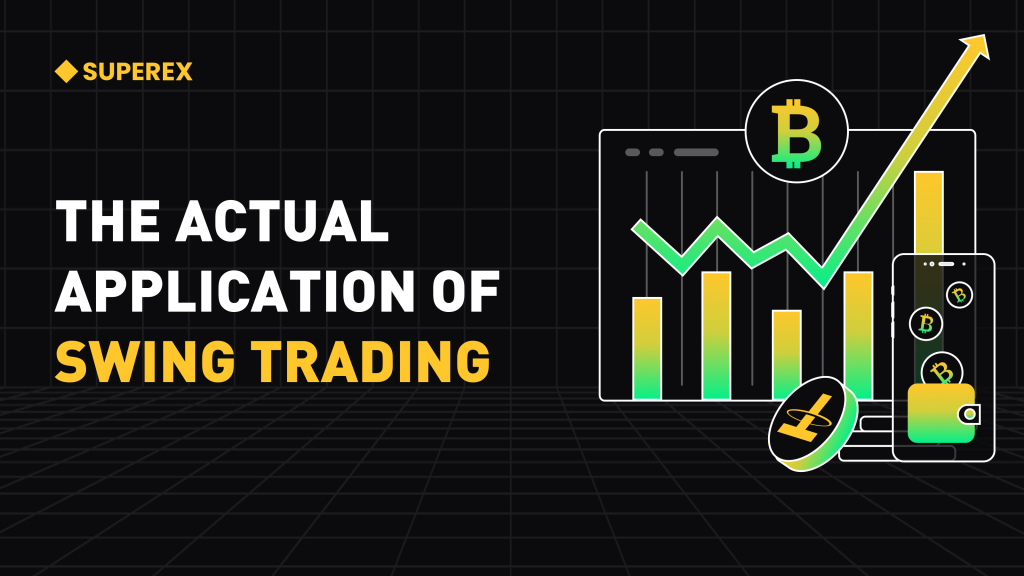
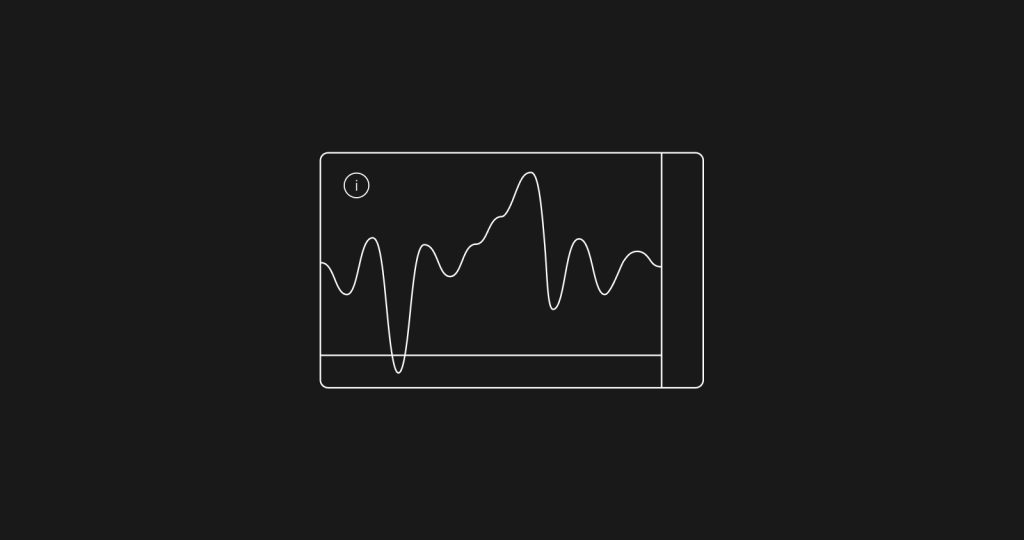
… [Trackback]
[…] Information to that Topic: x.superex.com/academys/beginner/1919/ […]
… [Trackback]
[…] Read More Info here on that Topic: x.superex.com/academys/beginner/1919/ […]
… [Trackback]
[…] Information on that Topic: x.superex.com/academys/beginner/1919/ […]
… [Trackback]
[…] Find More on that Topic: x.superex.com/academys/beginner/1919/ […]
… [Trackback]
[…] Find More Information here on that Topic: x.superex.com/academys/beginner/1919/ […]
… [Trackback]
[…] There you can find 99432 more Info to that Topic: x.superex.com/academys/beginner/1919/ […]
… [Trackback]
[…] Read More on that Topic: x.superex.com/academys/beginner/1919/ […]
… [Trackback]
[…] There you will find 95684 more Info to that Topic: x.superex.com/academys/beginner/1919/ […]
… [Trackback]
[…] There you can find 78740 more Information on that Topic: x.superex.com/academys/beginner/1919/ […]
… [Trackback]
[…] Information on that Topic: x.superex.com/academys/beginner/1919/ […]
… [Trackback]
[…] Find More here on that Topic: x.superex.com/academys/beginner/1919/ […]
… [Trackback]
[…] Find More to that Topic: x.superex.com/academys/beginner/1919/ […]
… [Trackback]
[…] Find More Info here to that Topic: x.superex.com/academys/beginner/1919/ […]
… [Trackback]
[…] Info on that Topic: x.superex.com/academys/beginner/1919/ […]
… [Trackback]
[…] Read More Info here to that Topic: x.superex.com/academys/beginner/1919/ […]
… [Trackback]
[…] Find More on that Topic: x.superex.com/academys/beginner/1919/ […]
… [Trackback]
[…] Read More on that Topic: x.superex.com/academys/beginner/1919/ […]
… [Trackback]
[…] Here you can find 12136 additional Information on that Topic: x.superex.com/academys/beginner/1919/ […]
… [Trackback]
[…] Find More on that Topic: x.superex.com/academys/beginner/1919/ […]
… [Trackback]
[…] Information to that Topic: x.superex.com/academys/beginner/1919/ […]
… [Trackback]
[…] Find More to that Topic: x.superex.com/academys/beginner/1919/ […]
… [Trackback]
[…] There you can find 82983 more Info to that Topic: x.superex.com/academys/beginner/1919/ […]
… [Trackback]
[…] There you will find 98533 more Information on that Topic: x.superex.com/academys/beginner/1919/ […]
… [Trackback]
[…] Read More Info here on that Topic: x.superex.com/academys/beginner/1919/ […]
… [Trackback]
[…] Read More on to that Topic: x.superex.com/academys/beginner/1919/ […]
… [Trackback]
[…] Find More Information here to that Topic: x.superex.com/academys/beginner/1919/ […]